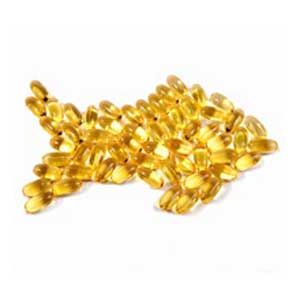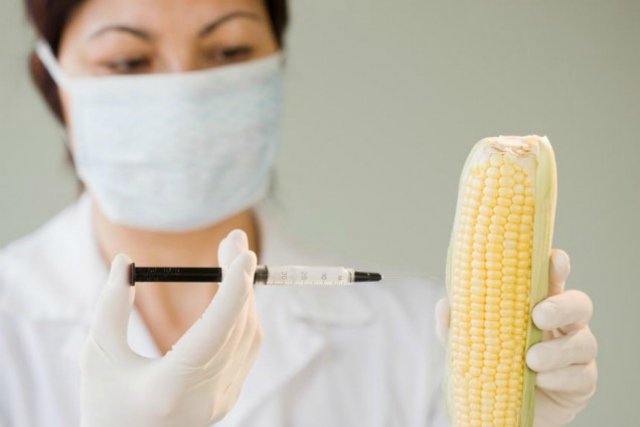
Those who quit smoking have a 6-fold increase risk for autoimmune thyroid problems
Who would have guessed that second-hand cigarette smoke could have a surprising health benefit? Or that tobacco, long dismissed as unhealthy, might have some healing benefits, even playing a role in a new dietary supplement? Medicine and health technology are full of surprises sometimes.
In 2004, Dr. Paul Ladenson, Director of the Division of Endocrinology at Johns Hopkins, conducted a study among a group of flight attendants and found reduction of thyroiditis/Hashimoto's Disease related to inhalation of second hand cigarette smoke. That discovery started the ball rolling toward the development of
a anti-inflammatory supplement called Anatabloc, the key ingredient of which is the anatabine compound, one of the 4,000 chemical components of tobacco. Anatabine is a naturally-occuring alkaloid also found in eggplants, peppers, green tomatoes, potatoes, and a variety of other plants in the Solanaceae (nightshade) family, including Nicotiana, the Latin term for tobacco.
Armed with this information, entrepreneur Jonnie Williams was motivated to formulate Anatabloc, a dietary supplement that works by inhibiting pro-inflammatory pathways to help the body maintain lower levels of inflammation. Anatabloc combines one milligram of anatabine with 500 units of Vitamin A and 40 units of Vitamin D3; pre-clinical studies have shown that this combination may inhibit pro-inflammatory pathways to help maintain lower levels of inflammation and promote a healthy anti-inflammatory response.

© perrykm5/FlickrTobacco
The thinking behind the formulation of Anatabloc is that
chronic low-level inflammation contributes to many disorders such as coronary artery disease, diabetes, asthma, autoimmune thyroid disease, and rheumatoid arthritis, so Anatabloc is marketed as a potential preventative treatment for these diseases. Anatabloc requires no prescription; the recommended dosage is two tablets or lozenges taken sublingually three times daily for best results. (The manufacturer also markets Anatabloc skin care products).
Studies have shown that autoimmune thyroid disease can appear - or even worsen - in the period after someone quits smoking (remember, though, the benefits of quitting smoking always outweigh any side effects of quitting, especially for patients with Graves' disease and thyroid eye disease). Theoretically, it could be the absence of the anatabine in the cigarettes that may be the key factor in this mystery.












Comment: The over-diagnosis of ADHD has been an economic windfall for BigPharma. In many cases children are just exhibiting normal behaviours and in others, behavioural treatments would prove more beneficial. In addition, there are a myriad of side effects to these drugs.
ADHD drugs prescribed to 'all academically struggling' children
ADHD Drugs Proven Absolutely Useless for Children - Plus, They Stunt Growth
ADHD - Another Dangerous over Hyped Drug